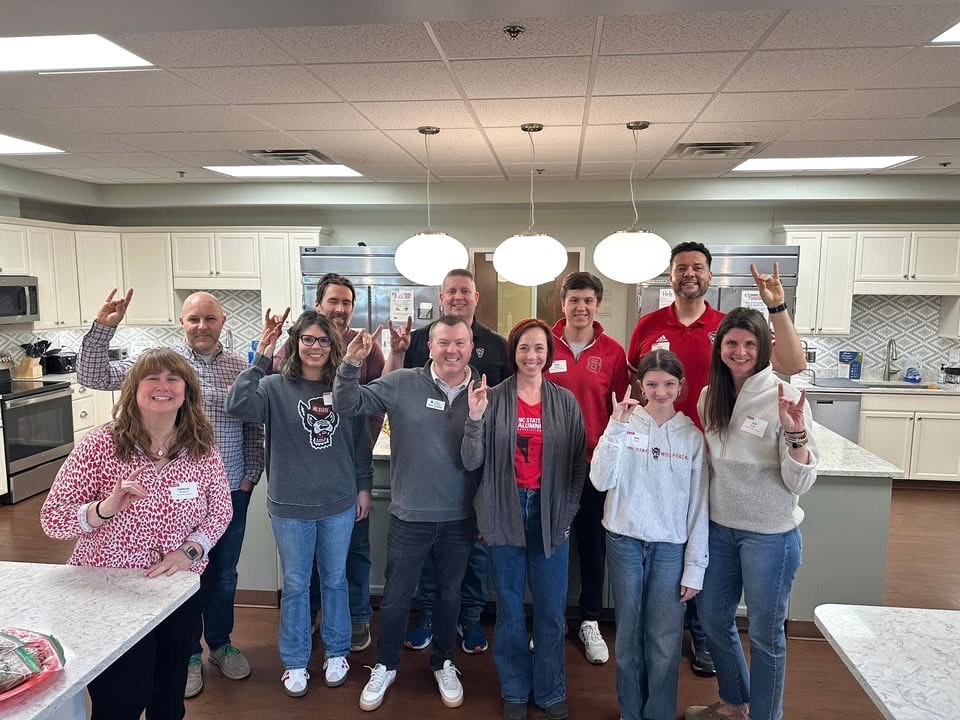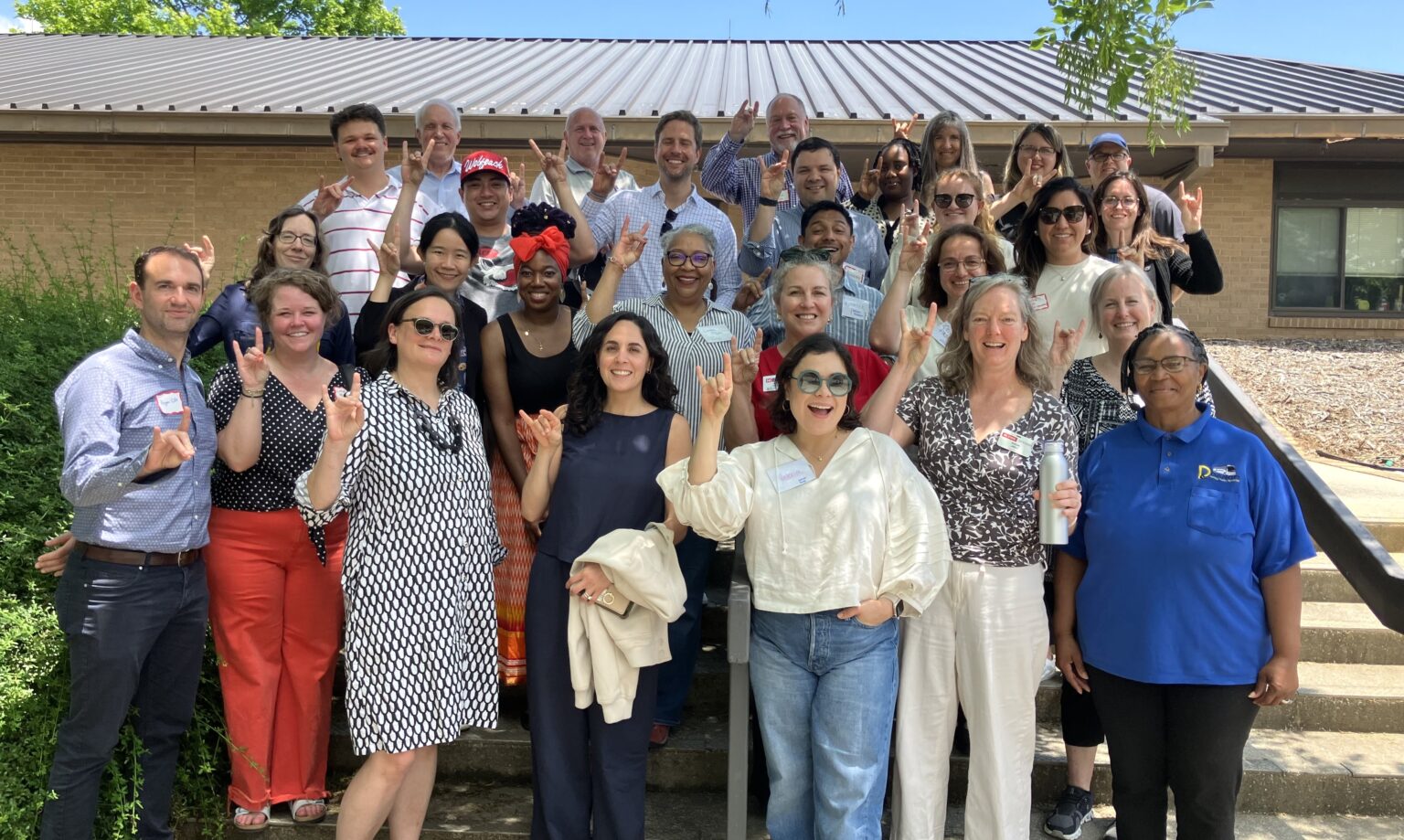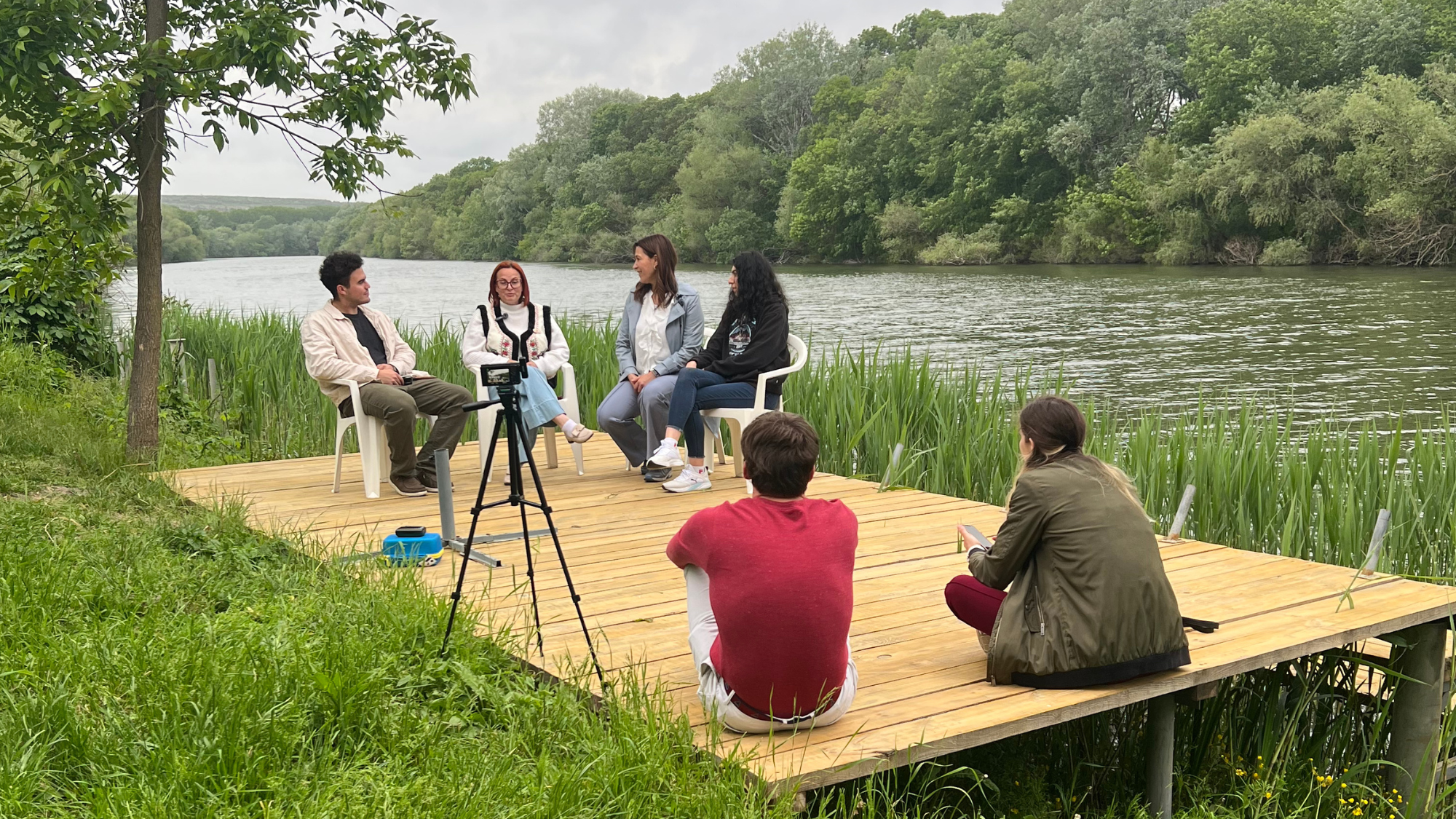Social Networks Researchers Offer Tips for Strengthening Nanotech Industry-Research Networks
Thatâ��s one of several recommendations that Rosanna Garcia, Dan T. Dunn and Lynda Aiman-Smith extract from their on-going NSF-funded research on boundary spanners and social networks surrounding nanocenters. Aiman-Smith is associate professor in the NC State College of Management’s Department of Management, Innovation and
Entrepreneurship, and Garcia and Dunn are on the faculty in the marketing department at Northeastern University.
The intent of their research is to determine the impact of key individuals on the diffusion of nanotechnology from a university research center into industrial organizations.
As part of their exploration of the role of social networks and those individuals who span university-industry boundaries, they conducted a one-day workshop that brought together communities of scientists, industry participants and technology transfer officers – individuals who intentionally act as boundary spanners between industry and the research centers. Prior to the workshop, attendees participated in semi-structured interviews about their roles as boundary spanners.
While the investigators are in the process of collecting more data, following is their summary of the principal findings to date.
Prior formal relationships are a fundamental element for collaboration, a finding that supports the researchers’ proposition that social networks are important in boundary spanning in the nanosciences.
Subsequent mapping of the networks among university and industry scientists provides evidence that complex social networks can be measured and mapped in easily understood form, to generate additional insights. For example, while one scientist has a very broad network, many others have quite limited networks.
The researchers found that tacit knowledge exchange was not more important than boundary objects, such as publications, white papers, conference proceedings, patents, design prints, and prototypes, for transferring nanotech knowledge. Instead, boundary spanners used these objects as due diligence to acquaint themselves with the expertise of university/industry partners and to determine if there were any synergies between the two entities.
Interviews indicated that boundary objects play one role � as a vehicle for due diligence � and network ties play another role � as a communication channel for knowledge transfer. Boundary object utilization is the pre-cursor of network formation.
Ties Are Complicated
They also found that researchers were more likely to develop relationships with people they already knew (strong ties) and tended to discount researchers they did not know (weak ties). Mutual acquaintances (weak ties) play a limited role in linking scientists to one another. Strong ties (past relationships) appear to be more fundamental in building university-industry ties.
Also, the three researchers found the importance of social ties to be stronger for the university scientists who look for experts in their area and generally tend not to move out of this limited social network when creating boundary spanning opportunities. University researchers seem to rely more on strong ties developed through their careers whereas industry researchers were more willing to use weak ties to start to forge relationships. Thus, strong ties were more important for university boundary spanners, while both strong and weak ties are important for industry boundary spanners.
In evaluating the network structure of the workshop attendees, who included both university and industry participants, the industry participants were found to be outside the networks of most university scientists, at least at the beginning of the workshop. The faculty also found evidence that the �two cultures� problem that exists between industry and academia was present despite efforts of university technology transfer offices (TTOs). The most cited issue by research center members was management of intellectual property (IP). Closely related to the IP problem is the issue of making research results public. Traditionally the goal of university research is to publish, which may not be supported by industry.
Recommendations
Based on their findings, the three faculty members recommend that nanotechnology research centers:
- Focus on turning weak ties into strong ties by building communities of practice (defined as groups of people informally bound to one another by exposure to a common class of problems who synergistically unite to collectively solve problems). Any method of bringing people together to interact on an ongoing basis is appropriate for creating such communities; for example, �one-minute dating� workshops can permit industry participants to meet quickly with academics to see whether they have similar interests and, if so, go on to develop a continuing relationship.
- Encourage informal relationships and social networks to build strong and productive knowledge transfer ties.
- Develop websites that allow easy access to boundary objects.
- Train faculty members on what it means to be a boundary spanner.
- Not rely on TTO offices to act as boundary spanners, but instead have these offices focus on IP issues.
Faculty Contacts
- Rosanna Garcia
- Dan Dunn
- Lynda Aiman-Smith
Article reprinted with permission from the CIMS Technology Management Report, spring 2008 edition._


